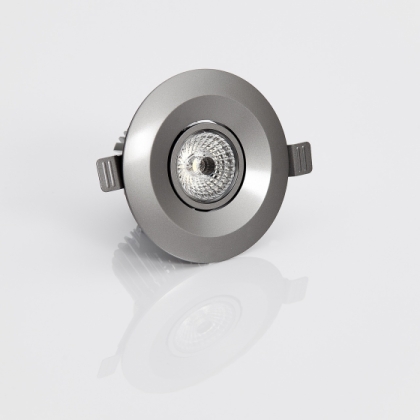Could You Save £200+ Per Year with LED Light Bulbs? BLT Direct Investigates
<span>Huge savings to be made by switching to LED light bulbs in article published in The Telegraphspan>

A new article today written in the Telegraph newspaper has voiced the idea that by switching to LED light bulbs, homes across Britain could save themselves around £240 every year. In doing a number of complicated calculations using national averages for light bulb use, cost and energy consumption, the Telegraph have worked out that switching to the low-energy solution could be a potential goldmine, as well as cutting down emissions and reducing carbon footprints.
The news, of course, is nothing new for lighting providers BLT Direct, who have long since fought for LED light bulbs to become the prominent source of lighting in the UK. With extremely low running costs coupled with high-performance and minimal emissions in comparison to incandescent light bulbs, BLT Direct are thrilled that the investigation by the Telegraph and CompareTheMarket.com has taken place.
Steven Ellwood, of BLT Direct, says, \We at BLT Direct have known for a long time that truly savvy shoppers are saving hundreds of pounds by switching their old, inefficient bulbs for new eco-friendly once. The figures stated here in the Telegraph prove our point beyond argument, and we are eager to see how many UK residents will respond to this research and exchange their filament bulbs for more energy-efficient alternatives.</span>
The science behind the research was simple. Researches imagined a medium-sized home which contained ten light fittings, all running a 60-watt bulb. The research team also assumed that the owners were retired, so the lights were on for an average of around ten hours every day. By calculating the total power consumption of the ten lights (which came to around 600-watts, or 0.6kW, the researchers were able to calculate how much would be saved by replacing these older filament bulbs with a 6-watt equivalent.
Breaking the costs down is startling - just as the 6-watt bulb requires one tenth of the energy needed to run a 60-watt bulb, the running costs are just one tenth of what they\d be if the house continued with incandescent bulbs. The ten filament bulbs cost 7.3p per hour, or £5.11 per week to run, whereas the LED alternatives cost just 7.3p per day, or 51p per week.
The researchers also took the liberty to calculate how soon the initial investment in an LED bulb would be paid back. If an LED bulb costs £8.99, replacing all ten bulbs would cost £89.90, and this would take approximately five months to recover the costs with the savings made. Considering the LEDs have a lifespan reaching into the decades, that is quite a return on investment. BLT Direct also have LED light bulbs costing even less than this £8.99 average, and as the technology grows more popular, prices are expected to fall even further, making LED lighting solutions the undisputed future of illumination in UK homes.
